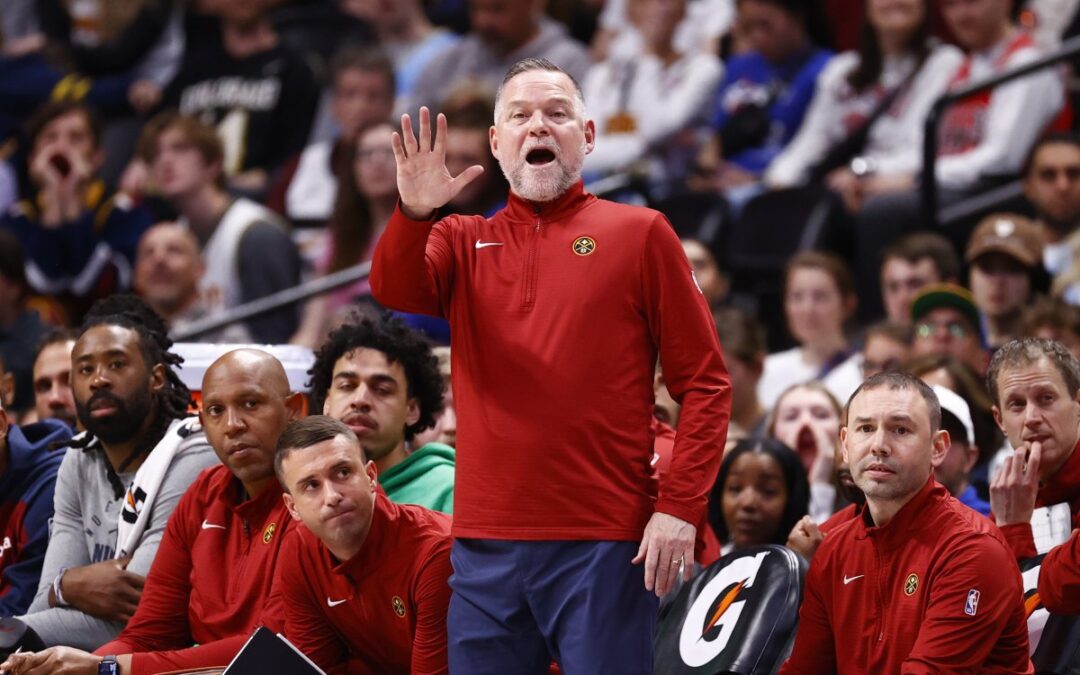Are you a good leader?
I am. I know I am, because right now I’m not one. I know leadership comes with a personal cost and I don’t owe that to anyone. I don’t like the burden of leadership, even though it’s been thrust on me since I was a teen. I realize that to lead a team means deep investment and backing your word with actions. You can’t phone it in. People need to know that you will fight for them. I choose to take this sort of burden on sometimes, but not all the time. I have a young child and other priorities. Right now I work better alone. It means I sleep better. I’m looking forward to leading again at some point. For the time being I’ll gladly captain my squash team.
When you’re a leader, you need to be intentional, and that takes a lot of time. You need to know your “why,” and that flows into every aspect of your work and how you communicate. It’s not for those who aren’t committed to doing a fantastic job.
With that in mind, I want to talk about the fascinating push-and-pull of leadership. The Denver Nuggets NBA team fired coach Michael Malone on Tuesday, which doesn’t have to mean a lot to you. The point is, he had been in ongoing conflict with the organization’s general manager. The organization decided to fire both Malone and the GM. Malone has won more games (and a championship) with the Nuggets than any other coach for years. But the rumor is: He may have ‘lost the locker room.”
I base all that on a text from my friend Anthony who follows basketball a lot more than I do. When you “lose the locker room” it means the team you’re leading no longer trust you to lead them. At that point they become more powerful than you are. It’s a fascinating phrase and it captures a dynamic that often plays out in nonprofits. You can have good intentions. You can even be good. But if you lose people’s confidence and trust? It’s all for nothing.
It’s a situation that’s played out recently at Rockefeller Philanthropy Advisers. Back in February there was a tell-all at Inside Philanthropy that led the CEO’s departure:
A widespread feeling of excitement and pride at the arrival of [CEO Latanya] Mapp, a dynamic new CEO with a global feminist vision, has given way to concerns about what was widely described as a cold and closed-door approach on the part of a new executive team, composed of Mapp and two hand-picked deputies, and a lack of clarity about the organization’s new strategy.
Here’s a nasty detail:
According to nearly everyone I spoke with, the corporate-style layoffs, with managers speaking from assigned scripts “robotically” — as one person put it — and refusing to answer questions, were a dramatic departure from RPA’s previously more familial culture, and left many shocked at the new leadership’s treatment of its employees. Some staff learned of their dismissals in voicemails, others while on vacation or parental leave.
The logic behind the layoffs was unclear, and Mapp’s focus was evidently elsewhere:
While nearly everyone said it was important that she raise the organization’s profile, most people I spoke with expressed concern about what they perceived as an excessive focus on selling her book and building her personal brand during a difficult transition for RPA.
Mapp also put an executive vice president in charge of day to day operations while she was prioritizing public events. That person is described as “insulting”, “at every instance awful,” and “very challenging to work with” by staff quoted in the piece. She used “belittling and demeaning language.” The story is made complex by the fact that Mapp is a Black woman, but…
“There has to be a way to have a conversation about a person who is not doing a good job, who is of color or a woman or whatever it is, and it’s not about this being a racist problem,” said one former employee. “What’s happening there has nothing to do with her race. It’s all her approach.”
Drama. The NBA, of course, is far ahead of the nonprofit sector in appointing Black leaders for its teams — Bill Russell coached the Celtics back in 1966. But whether race is a factor in the “loss of a locker room,” it need not always be the decisive factor.
It’s a fascinating story about how a leader lost the trust and respect of her staff and ultimately, paid the price. I don’t know whether Mapp deserved to go or didn’t. I do know that she lost the locker room through behavior and choices that could have been more strategic. So, whether her intentions were good? It doesn’t matter. She won’t get to execute on them, now.
What are you doing to keep your locker room on-side? Do you even think about it? If not, you’re taking a huge risk. Or maybe one of your staff is reading this and sharing it, passive-aggressively, around the organization as you think it all over.
Most nonprofits have terrible leadership. So: Are you the exception? Let’s hope so! Or, let’s talk.
______
Matt Davis is a strategic communications consultant in Manhattan.


